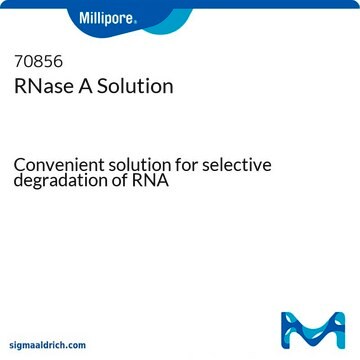11534378910
Roche
Tetramethyl-Rhodamine-5-dUTP
Synonym(s):
Rhodamine-5-dUTP tetralithium salt, Tetramethylrhodamine-5(6)-(5-[3-carboxamidoallyl]-2′-deoxyuridine 5′-triphosphate)
About This Item
Recommended Products
grade
Molecular Biology
Quality Level
Assay
97.7% (HPLC)
form
solution
mol wt
990.5
packaging
pkg of 25 μL (25 nmol; 1mM)
manufacturer/tradename
Roche
concentration
1.0 mmol/L (Tetramethylrhodamine-5-dUTP (Abs. 551 nm))
color
clear red
mp
~0 °C
solubility
water: miscible
storage temp.
−20°C
Looking for similar products? Visit Product Comparison Guide
Related Categories
General description
Application
Quality
Analysis Note
Other Notes
Storage Class Code
12 - Non Combustible Liquids
WGK
nwg
Flash Point(F)
does not flash
Flash Point(C)
does not flash
Certificates of Analysis (COA)
Search for Certificates of Analysis (COA) by entering the products Lot/Batch Number. Lot and Batch Numbers can be found on a product’s label following the words ‘Lot’ or ‘Batch’.
Already Own This Product?
Find documentation for the products that you have recently purchased in the Document Library.
Customers Also Viewed
Our team of scientists has experience in all areas of research including Life Science, Material Science, Chemical Synthesis, Chromatography, Analytical and many others.
Contact Technical Service





